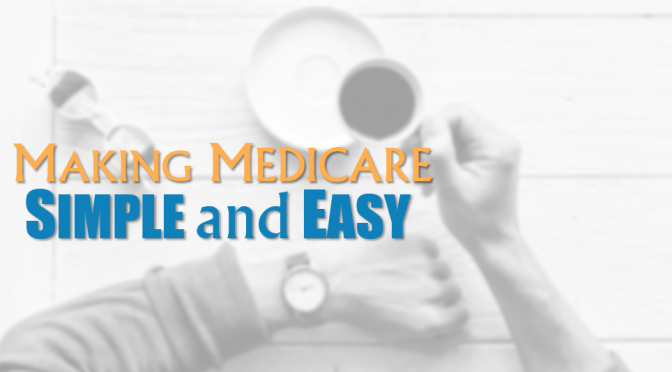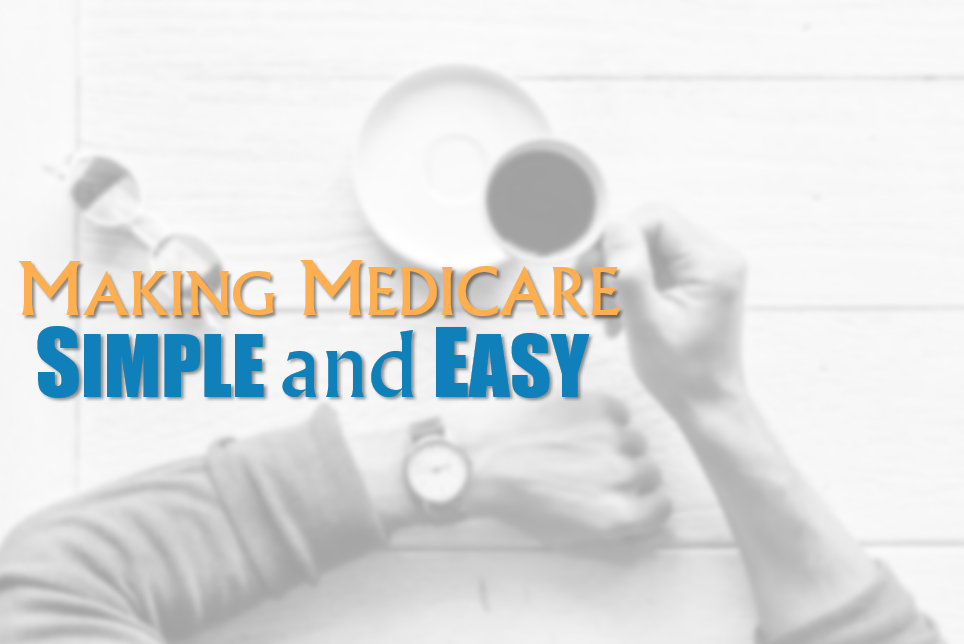Before going on any trip, creating a checklist is always recommended. While you are updating your passport, checking the weather to prepare to pack, you should also make sure to check on your health coverage while traveling. Medicare can be great for travelers if the proper decisions are made.
Original Medicare covers you in the United States of America, including the District of Columbia, Guam, U.S. Virgins Islands, Puerto Rico, Northern Mariana Islands, and America Samoa. If you are going outside of these lands and/or overseas, for a majority of the time Medicare will not pay for the health services or supplies. There are some rare occasions where Medicare will cover your service or supplies. An example of the rare occasions where Medicare will cover your service or supplies is as the following: If your emergency happens in the United States of America but nearest hospital to treat you is in Canada or Mexico.
According to Medicare.gov “In some cases, Medicare may cover medically necessary health care services you get on board a ship within the territorial waters adjoining the land areas of the U.S. Medicare won’t pay for health care services you get when a ship is more than 6 hours away from a U.S. port. “ As you can see, understanding the boundaries, the loop holes and the safety net created by Medicare is best left to an expert to fully understand.
Many experts advise their clients to invest in travel insurance as a “just to get home” safety net. when you have travel insurance you will have coverage for things that aren’t an emergency. It’s reasonably priced, and a great asset to have to in your back pocket if you are a frequent traveler, particularly an international traveler. If you have an emergency under $50,000, Medigap is a great option for you. With Medigap you can go anywhere in the U.S. that accepts Medicare . Also most Medigap plans include foreign travel emergency coverage up to $50,000- but this coverage is meant to be reimbursed. For example, if you were hurt abroad, depending on the procedure needed you would either Medivac to the United States or receive treatment abroad. Either way, it would be your responsibility to pay for that procedure out of pocket, and then the insurance company will reimburse the claim. The Medigap covers 80% up to 50k, so you could still end up with a big bill.
So before setting sail, or boarding the plane, make sure you speak to your Medicare advisor and ask many questions. No one plans to have a medical emergency while on vacay, but it’s better to be proactive rather than reactive.




